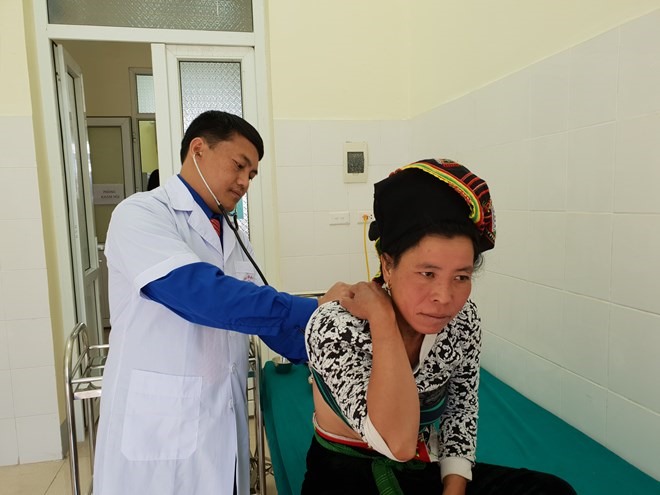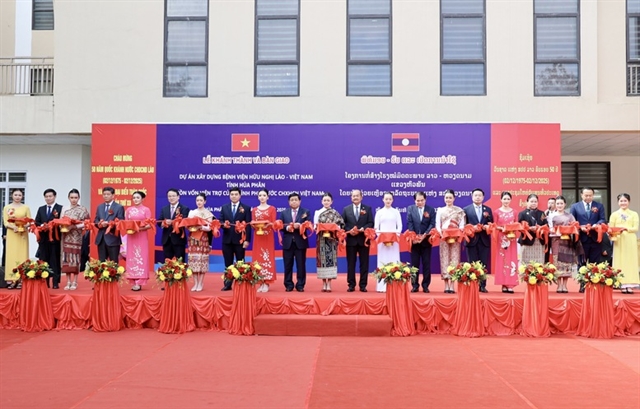 Society
Society

A course to train 28 doctors to work as volunteers in poor and remote areas kicked off on Wednesday afternoon in Hà Nội, organised by the Ministry of Health (MoH).
 |
| A doctor examines a patient in Mường Tè, Lai Châu Province. — VNA/VNS Photo |
HÀ NỘI — A course to train 28 doctors to work as volunteers in poor and remote areas kicked off on Wednesday afternoon in Hà Nội, organised by the Ministry of Health (MoH).
The young doctors belong to 11 specialties of medicine – internal, external, obstetric, pediatric, emergency, resuscitation, anesthesia, diagnosis, traditional medicine, infectious diseases and dental.
The course is the 15th of its kind since 2003, sending young volunteer doctors to work in poor, remote, border and island areas.
The doctors will attend training courses at medical universities in Hà Nội, Hải Phòng and Huế before travelling to their final destinations. Some 332 doctors have been trained by the programme so far, the ministry reported.
Associate Professor Nguyễn Tuấn Hưng, deputy director of the Personnel Management Department of the MoH, said the young doctors will be sent to 18 poor districts in 10 provinces.
The deputy director said that once the doctors arrive in the remote communes, the ministry would review and evaluate their actual practices. According to the ministry, doctors previously trained on the course have succeeded in applying their skills and supporting local medical workers.
They were highly appreciated by local authorities and residents, Hưng said. Grass-roots medical centres were able to treat more patients, minimising overloading at central hospitals.
Statistics from the ministry show that the country has over 11,000 health centres at commune and ward levels. But the centres have failed to lure highly qualified and skilled doctors. An estimated 62 poor and remote districts nationwide face a lack of 600 skilled doctors, vietnamplus.vn online newspaper reported.
Isolation, inadequate facilities and low salaries are the main reasons for the situation. — VNS




